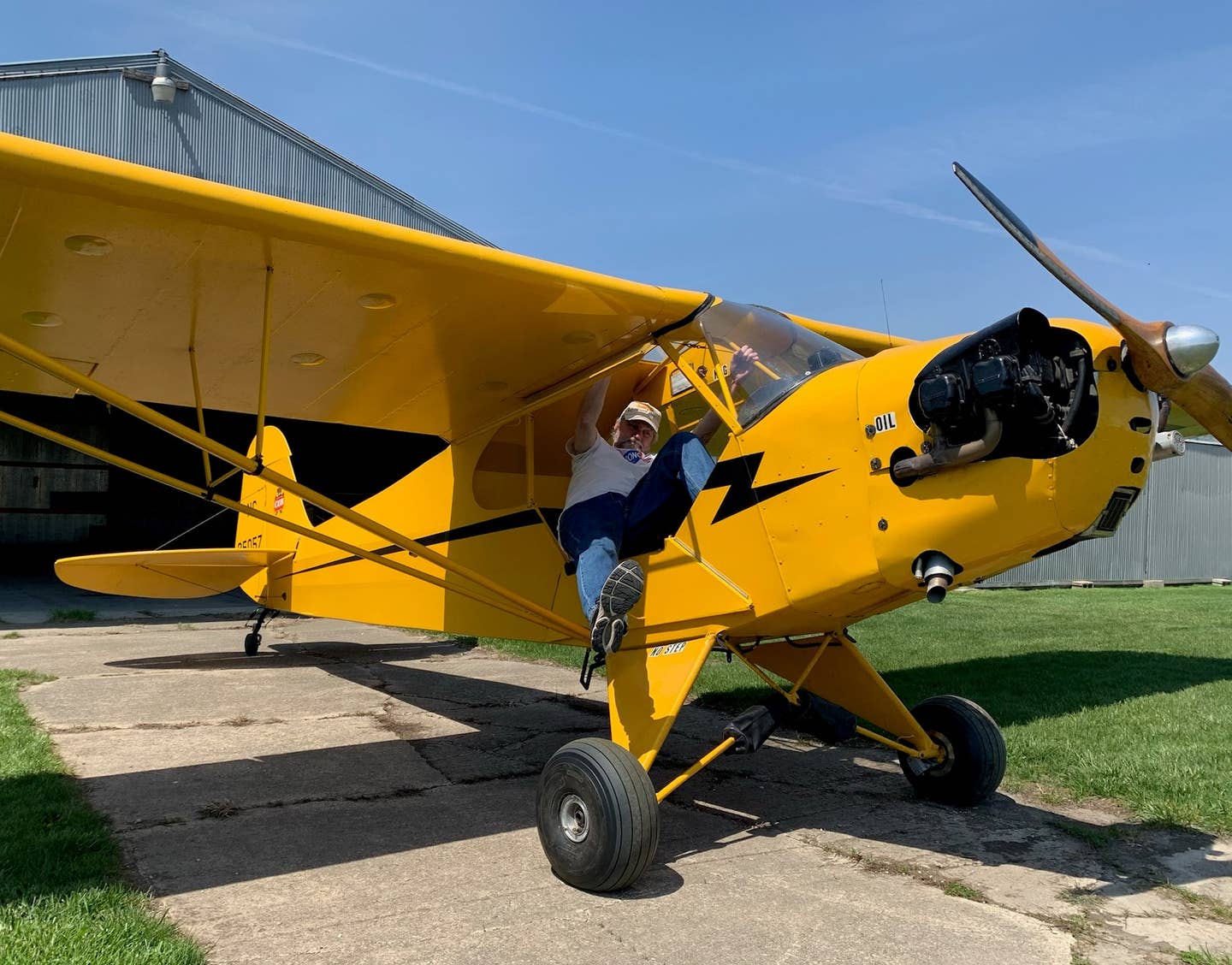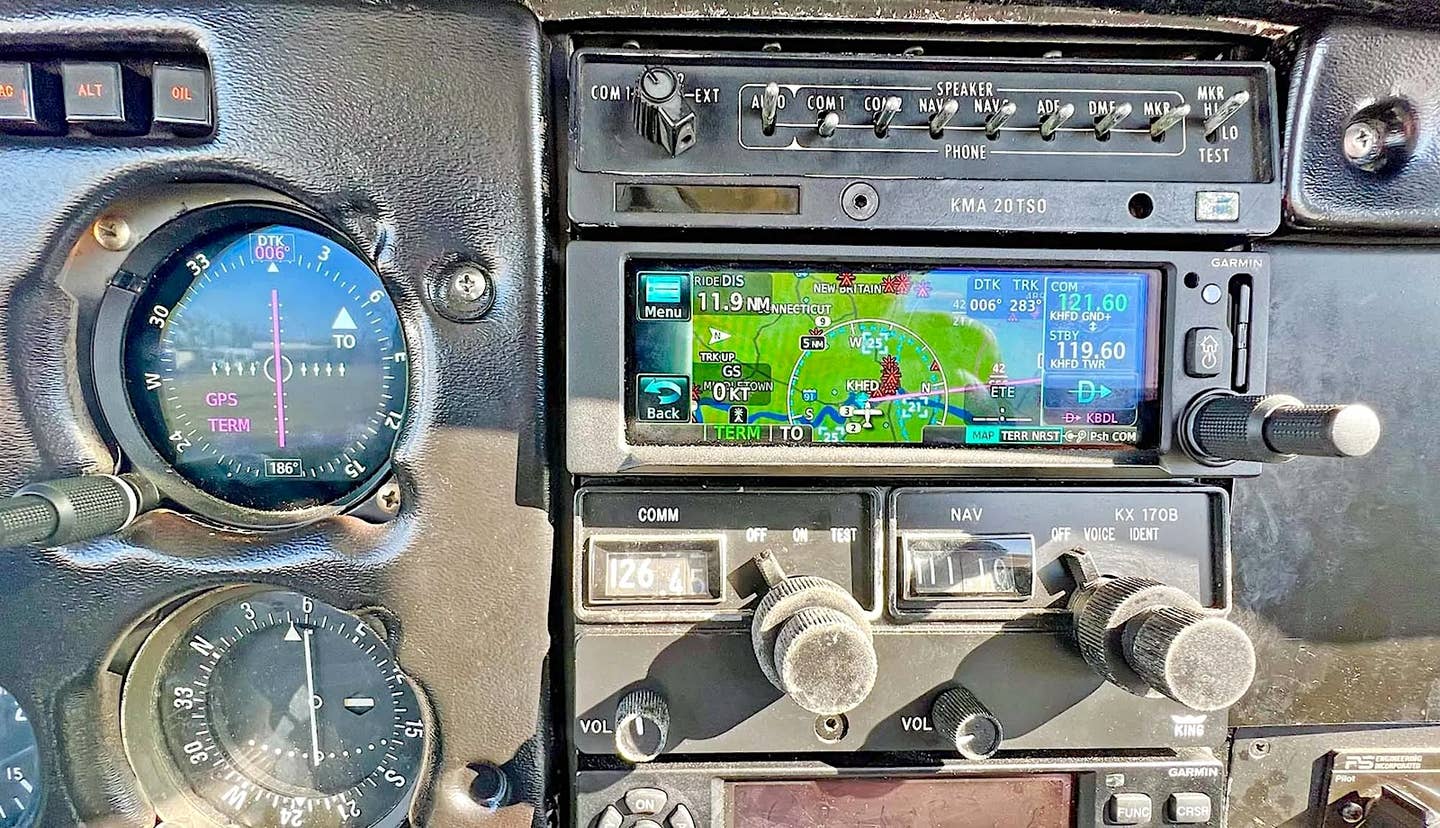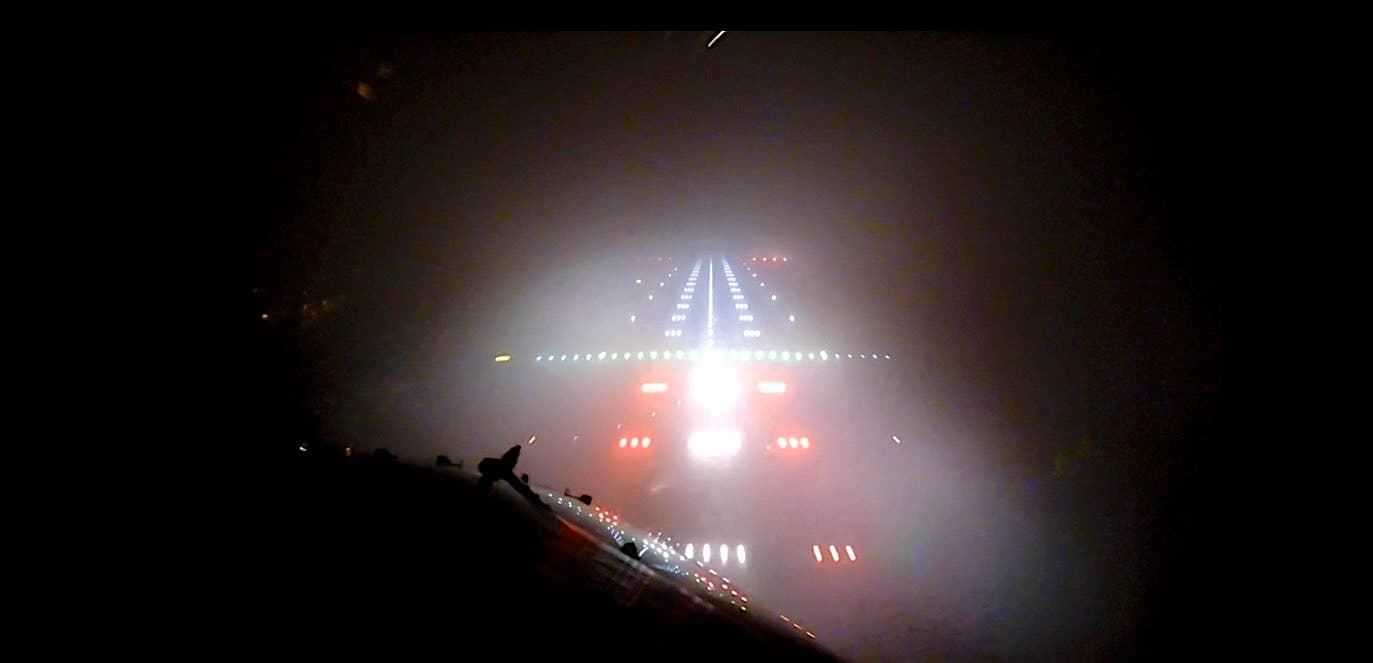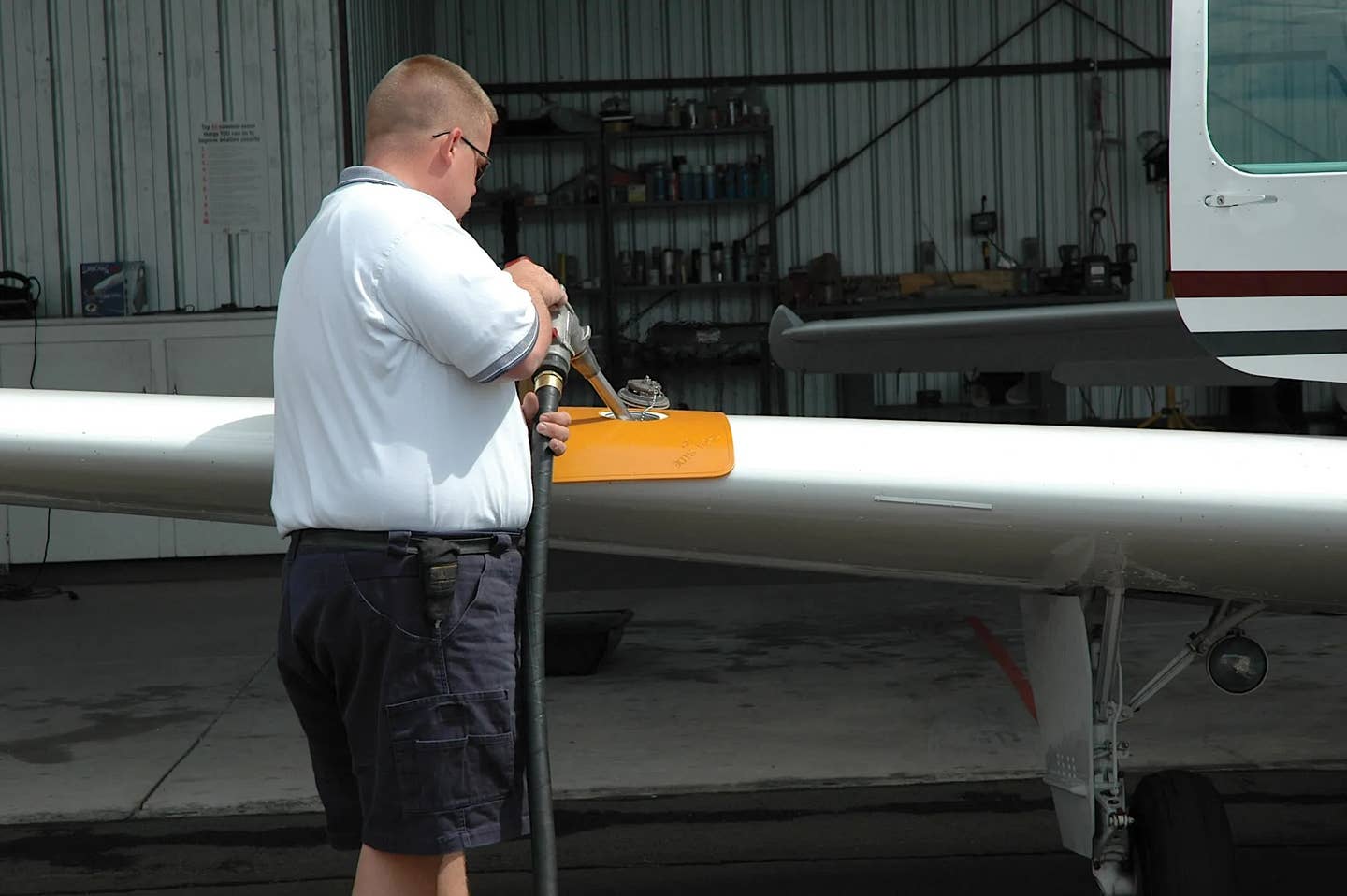Top Letters And Comments, May 14, 2021
This week’s letters brought comments from readers about getting into (and out of) small airplanes, CTAF etiquette and the effects of training on insurance costs.

Take A Seat In Fantasy’s Front Row
Great article. Enjoyed it immensely…as both a pilot who was introduced to GA via a CAP L-16 and an owner of a 63 Studebaker Lark.
As I went nostalgic, I began to think about entry and egress of any airplane, GA or commercial…and have come to a startling conclusion…not one flying machine is easy to get into nor exit! An epiphany of sorts.
Look at a King Air cockpit. It’s a fooler. Easy to enter the airplane. But getting into the pilot or FO seat without damaging the center console can make the entry to the Cub look quite lame…depending on height, weight, and girth of intended pilots.
Early Bonanzas require considerable scootching from right to left adding some odd sounds and hilarious gymnastics to get into the left seat although more subtle in nature than the Cub. Those who have later versions with individual adjustable seats must have more pronounced skootching motions to finally get comfortable.
Airplanes like a later-built Mouse that might have two doors, still require a climb on a tall wing that makes for viral video potential.
I think there are no airplanes built that are easy, comfortable to get into…even LSA’s that are designed for fast food consuming pilots. Some might be easier than others. However, there is no graceful, artful, smooth way of getting into anything that flies.
Now I feel better realizing no matter how much I spend on an airplane, they are all designed to fly. Comfortable and easy entry or exit is not possible no matter who many degrees from MIT. Flying machines have no provision for graceful entry, certainly not any smooth way for getting comfortable within a particular seat in any airplane without gyrations that might be misconstrued as suggestive to outright hilarious. It’s the price one pays to be a pilot or passenger in a flying machine. It’s like owning a Studebaker Lark. Very misunderstood with subtleties that make it endearing in spite of initial misinformed yet innocent perceptions combined with the realties that come from ownership. If it was easy, everybody would be doing it.
Long live Cubs, Champs, and Studebaker Larks…and easy chairs.
Jim Holdeman
I haven’t been in a Cub for awhile after having owned three of the things. My big problem was staying within weight limits. Cubs weren’t made for the Big Mac generation. Ditto my CallAir (née Interstate) Cadet despite having a higher max gross weight limitation. The issue for me is the same as for you, Paul: Getting in and out. Despite YouTube videos of lithe, younger pilots vaulting into the front seat of the Cadet, it can’t be done by me. I have to start with carefully placed feet and knees, taking care to avoid The Stick, then executing a graceful slow roll into position without bumping the throttle. Once in, the airplane is a delight to fly, even land. But then comes The Exit. Oh, that this too, too solid flesh would melt, and while you’re at it, throw a little WD-40 on those joints that don’t bend the way they used to.
Alex Nelon
CTAF Etiquette
Love it – another opportunity to hash out the CTAF!
““Zero Five” isn’t painted on the runway. It’s only the number 5”
And we have a Rwy 4 and Rwy 34 at our airport. When Rwy 34 is favored, Rwy 4 is often good for practicing X-Wind work. So the pattern goes quiet and I practice X-Wind work on Rwy 4. My CTAF call is a very clear “ZERO 4”. Just in case anyone is inbound, has listened to the ATIS and is planning on 34. In fact if someone does make a 10 mile call – I’ll even make my call along the lines of “34 is favored and I am left downwind on ZERO 4 for X-Wind work – will stay clear of incoming traffic”.
Honestly, I think the inclusion of an appropriate ZERO applies to most of the crossed runways that end in the same number. It does no harm and clears up potential confusion for minimal radio time.
Graeme Smith
About two or three years ago, our EAA chapter had a discussion about the proper phraseology for Runway 1 at our local airport. Several pilots were steadfast that it should be “01” while others said it should only be “1” since that is all that is painted on the ground.
I did a little digging and came up with this FAA document: https://www.faa.gov/documentlibrary/media/order/atc.pdf commonly known as FAA order 7110.65, in section 2-4-17 (PDF page 87) it shows the runway designation of 3 to be called “Runway three” so the correct way to say it is without a prefix of zero. There you go, the FAA has an answer for everything!
The international standard, however, is different and is supposed to be read as 2 digits, e.g. 01. The only place in the US that you will find 2 digits being used is military bases as they follow the international standards.
Jeff R.
Poll: Should Insurance Companies Insist on More Training to Reduce Accidents?
- Insurance policies require that the owner/operator of an aircraft follow ALL FAA regulations (read your policy sometime). If you have an expired medical, bi-annual, Annual Inspection or any other regulatory requirement the insurance company is not obligated to pay after an accident. Many insurers are giving discounts to Pilots that participate in WINGS programs and/or SMS. They have been for years. - Klaus M.
- The training and additional training when required must be improved. ADM/CRM/SRM/risk management and OE time are critical to reducing the accident rate. Good policies and procedures must be demonstrated repeatedly over the course of some real OE experiences.
- “NO” is my answer, but I'd like to elaborate. It’s pretty simple really. More requirements don’t accomplish what they say they will. Instead, a cottage industry of ways to “beat the system” arises! Just pick almost any government rule to find examples. If only the people who come up with these ideas could have a look behind the curtain at major flight training establishments, they would understand the self-defeating nature of creating yet more check boxes in a system already overwhelmed with government mandates.
- Actually, they are already doing that. All companies have minimum training requirements for various high-performance or complex aircraft before they will insure the pilots. Many also have recurrent training as well. As the insurance market hardens, the requirements and restrictions are getting even more onerous. Don't like it? Go find another underwriter.
- It is up to the Insurance company as to what their acceptable level of risk is.
- We (the industry) need to build real world training programs. When the FAA sets the requirements, too many "instructors" focus on satisfying the requirements and we lose attention to cutting the accident rate. Instructors should act locally by offering great programs!
- Give a sizable discount if training is taken.
- Underwriters should assess recurrent training as part of their pricing/terms offer.
- The question is not "should". Instead, if the accident rate stays level or starts climbing the word “should” will be an insurance mandate. If we don’t begin participating in getting the accident rate down, especially LOC in the pattern, the insurance carriers will require whatever training they deem necessary to bring them down to a more insurance-profitable level.
- Make additional discount incentives for accomplishing specific training. The discounts will have to offset costs of additional training. The carrot gets better results than the hammer.
- Yes, if they determine it lowers their losses.
- Training is valuable for those who are responsible individuals. The irresponsible? Not so much. But, certainly, increase the training requirements for everyone, if you are trying to shrink the pilot base.
- It should be an option in order to get better policy terms and/or premiums.
- Let the free market work. If additional training directly reduces the chance of an accident and if insurance companies are free to implement charges or discounts according to the risk reduction, then the system should naturally work to promote appropriate levels of training and accident risk reduction.
- For complex aircraft with a history of high pilot-error accident rates.
- They should offer lower rates for pilots who take additional training.
- Where is the data that shows that the newly-required training by the insurance companies would have any significant impact on accident rates?
- Insurance companies should not be in the regulatory business. Their job is to provide insurance to their customers who meet the requirements set forth by the governing body whose job it is to set the requirements.
- Train or pay the higher premiums.
- NO! The insurance companies already control the airways. They have no business determining how much training a pilot should get (although we all know that isn’t how it is).
- If it would reduce my insurance costs, that would be great!!!
- Additional training should be taken into consideration for premiums.
- We have NO SAY over the insurance companies. If that's what it takes to make money, they'll do it.
- This should be determined by the amount of air time an individual has. I understand that pilots will fudge to keep training costs to a minimum but we need fewer rules and regs, not more.
- Yes. They have the most information (from claims) to judge how much training is effective.
- And if they do insist, will our rates drop significantly after we do our part?
- The best outcome would be to get pilots to WANT to take more training, not to force them.
- Give financial incentives for more training in lower rates.
- If aviation insurers believe training or installation of something will reduce claims, then they should offer discounts as an incentive for it as home insurers does for certain things and auto insurers do for elder driver courses.
- Yes, they already do.
- Depends on the make and model of aircraft.
- The insurance companies are on the hook for lots of money in liability claims, so they have a right to require training.
- No, but they could offer a discount for those who get more training. Dollar for dollar, I'd rather pay for training to avoid an accident than for the insurance to clean one up.
- Reduced insurance premiums for those who chose training beyond the minimum required.
- What a stupid proposal! Let's stifle GA yet more!!
- Maybe, but must be based on loss/risk data AND some method for external audit by AOPA, EAA, NBAA and similar.
- I'm not sure that I agree with the term "insist" in this case. However, I do find it appropriate for insurance companies to encourage, incentivize, and promote additional, or at least regular recurrent training to facilitate safety. This might be considered an argument over semantics, however, if words have meaning, then there is an implied difference between the term, "insist," and the terms, "encourage," "incentivize," and "promote."
- No. But they should definitely *incentivize* training by providing direct links between training (online and otherwise) and lower rates.
- Focus on Advanced Qualification Piloting (AQP).
- They should reduce rates more than they do for more training.
- Amassing hours of training does not cure stupid.
- Wrong training will only get more wrong results.
- Only if this would be used to reduce the cost of insurance.
- The insurance companies should separate the risk profiles for private aircraft and commercial carriers.
- No. It is not their job to define rules or requirements. Simply insure or not insure. We give them too much power as it is.
- For tail draggers, yes!
- Yes, if they give a price decrease for doing so.
- Perhaps in unfamiliar or more complex aircraft.
- The insurance companies have always enforced FAA regulations.
- We don’t suffer from a lack of knowledge. We suffer from a lack of judgement and discipline.






